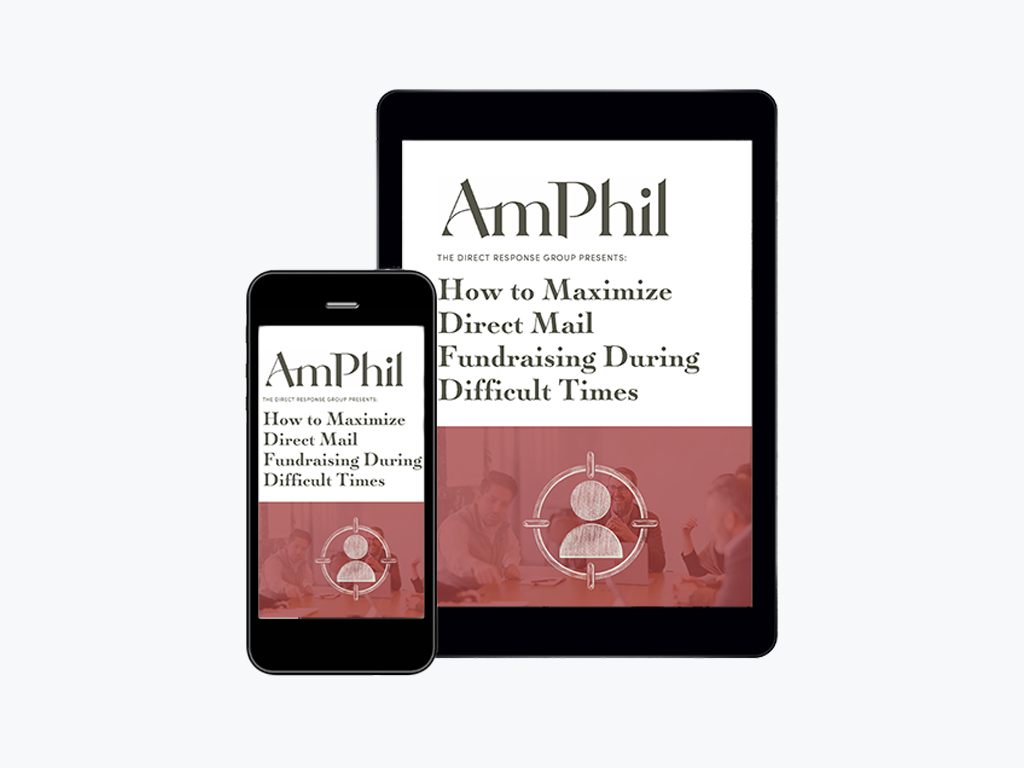
Have you ever wondered how to improve your fundraising appeals? There are a few simple things you can incorporate into each appeal that will ratchet up your fundraising . . .
Direct Mail Fundraising Starts with a Plan
Before the pen touches that paper or the first keystroke is commenced, spend a few minutes answering the following questions. (For example, I’ve filled them in for an imaginary nonprofit caring for orphans in Central America.)
What’s the problem?
Thousands of orphans live on the streets in Guatemala with no food and no home. One child is abandoned every four days.
How is your nonprofit solving that problem?
We welcome orphans into our shelters and give them the food, medicine, education, and loving homes that they need.
How much does that solution cost?
$50 provides all of this for one child for a month. $600 covers a year.
How will a donor’s gift help?
A gift not only meets a child’s immediate needs but also gives them the safety and security of a warm and loving home in one of our orphanages and sets them up for a successful future.
Why is this urgent?
Without food and shelter, these kids are at high risk of dying from starvation and exposure.
This outline forms the crux of what you need to communicate—why you’re writing and how the donor can and should help.
To summarize all of that, before beginning a letter, I like to imagine I’m writing an extremely blunt letter and ask myself how I’d fill in these blanks:
Dear Donor,Will you donate [insert $ amount] so that [name of your nonprofit] can do [whatever it is you’re trying to accomplish]?"
Once your messaging is locked in, you’re ready to start writing. But how does one write a really good fundraising letter? Consider these tips:
Direct Mail Fundraising Tip: Speak Directly to the Person
Start off your letter by directing it to an actual person. Forget the “Dear Friend” salutation used in fundraising letters of years gone by; replace it with “Dear Rich and Pam.” And for heaven’s sake, do your utmost to make sure your data is accurate. Nothing alienates a donor faster than spelling their name wrong or (God forbid) including their deceased spouse’s name in the letter’s salutation.
Direct Mail Fundraising Tip: Start with a Punchy Intro
Attention spans aren’t what they used to be. You’ve got to capture your reader’s attention quickly if you want them to keep reading. Perhaps you’re doing that with a headline before the letter even begins, teasing the content of the letter: The biggest threat our kids are facing in schools . . .
Whether you use a headline or not, the first line of your letter is THE place to hook a reader. Jump right into telling a story. Spur the reader’s curiosity to hear about the problem you’re about to detail. Include a quote. Throw in a provocative statement or question.
- Marisol was scared to death. Her son, Jaime, had just fallen out of a tree. She knew his leg was broken. But she didn’t know how she’d afford the trip to the hospital.
- Imagine what it would be like if you had no place to call home. If you and your children didn’t know where you’d sleep tonight.
- “I didn’t know where my next meal would come from.”
- School choice is under attack in Ohio.
Direct Mail Fundraising Tip: Ask Early, Often, and with Specificity
Don’t beat around the bush. On the first page of your letter, lay out what you want the donor to do. How much are you asking for? And why?
- Rich and Pam, will you make a gift of $25, $50, or $100 today to provide boxes of food to families in need?
- Will you rush your gift of $100 or more to [your nonprofit] today? With your help, we can...
I can’t emphasize it enough: Don’t be afraid to ask for an actual dollar amount. Or give a range of options. Bonus points if you customize the amount that you’re asking for to each individual donor based on their giving history.
Once you’ve asked once, ask again on the next page. And again in the postscript. And again if your letter is longer than two pages. You’re not beleaguering the point. Let’s be honest—as beautifully written as your letter is, your donors likely aren’t reading the whole thing. Which is why you should . . .
Direct Mail Fundraising Tip: Highlight the Key Points
Since avid readers of your eloquent letters are likely few and far between, you want to make it easy for the skimming reader to gather the salient points of your letter at a glance. Clever use of formatting will enable that.
About the Author

As a senior consultant, Therese Beigel provides strategic guidance and project management support to AmPhil’s Direct Response clients, for whom she builds and executes fundraising plans.
Therese has over fifteen years of non-profit experience. Most recently, she served as Executive Assistant and Grants Coordinator with the Diocese of Phoenix, where she helped execute capital campaigns, annual appeals, and major donor outreach and successfully launched the diocese’s first grants program.
Therese graduated from Franciscan University of Steubenville with an English degree and currently lives in Phoenix, AZ. In her free time, she enjoys Latin dancing, reading, and traveling. Learn more about Therese here, connect with her on LinkedIn here, or contact her anytime at tbeigel@amphil.com.


